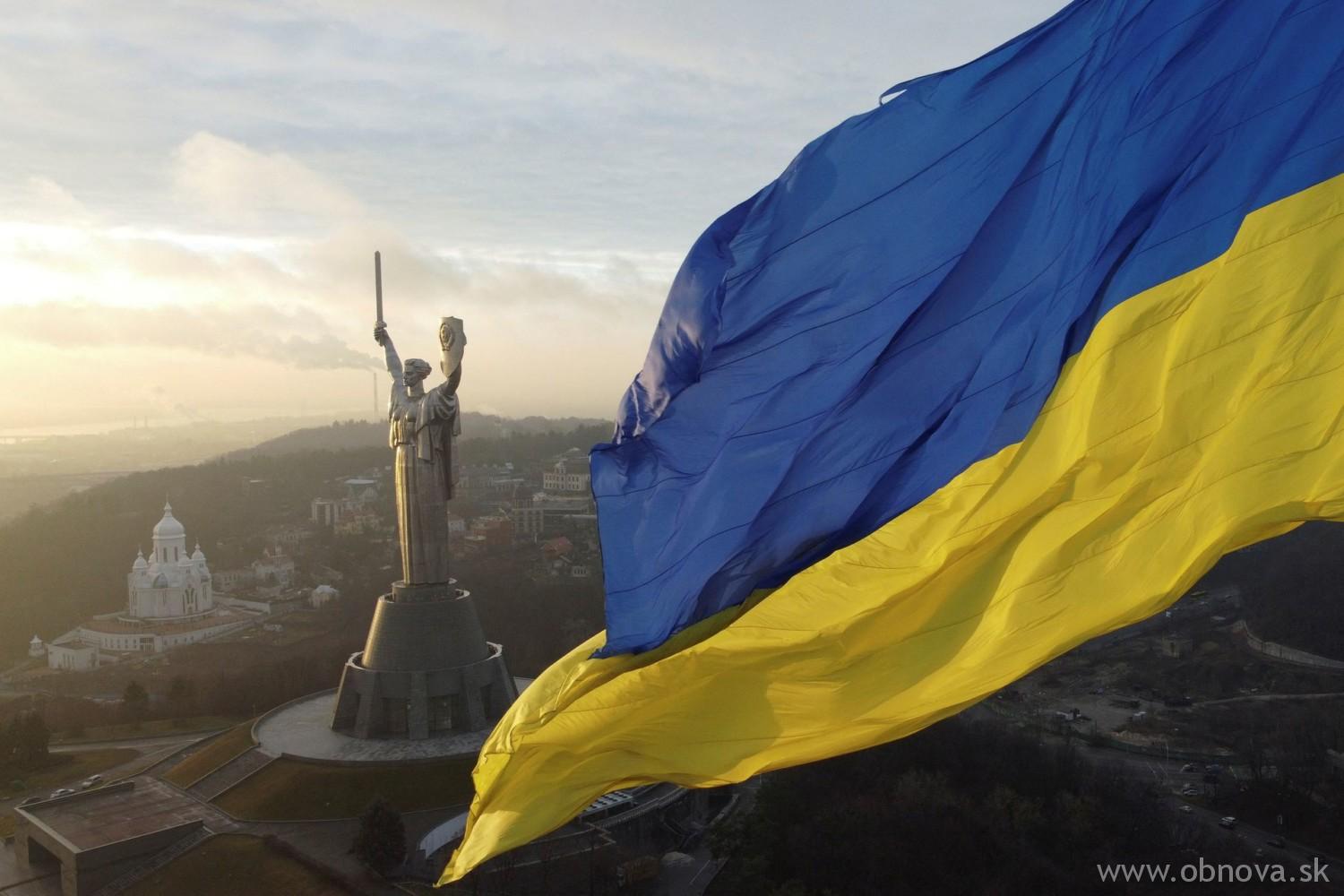Medzinárodný dohovor o ochrane nehmotného kultúrneho dedičstva

32. zasadnutie Generálnej konferencie UNESCO, ktoré sa konalo v Paríži, prijalo 17. októbra 2003 Medzinárodný dohovor o ochrane nehmotného kultúrneho dedičstva. Jeho úplný text nájdete na adrese http://www.unesco.org/confgen/2003/intangible.
Do novovytvoreného Zoznamu nehmotného dedičstva ľudstva bolo zaradených prvých 19 umeleckých prejavov:
The Garifuna Language, Dance and Music (Belize);
The Oral Heritage of Gelede (Benin);
The Oruro Carnival (Bolívia);
The Kunqu Opera (Čína);
The Gbofe of Afounkaha: the Music of the Transverse trumpets of the Tagbana Community (Pobrežie slonoviny);
The Cultural Space of the Brotherhood of the Holy Spirit of the Congos of Villa Mella (Dominikánska republika);
The Oral Heritage and Cultural Manifestations of the Zápara People (Ekuádor-Peru);
Georgian Polyphonic Singing (Gruzínsko);
The Cultural Space of Sosso-Bala in Nyagassola (Guinea);
The Kutiyattam Sanskrit Theatre (India);
Opera dei Pupi – Sicilian Puppet Theatre (Taliansko);
The Nogaku Theatre (Japonsko);
Cross Crafting and its Symbolism (Litva);
The Cultural Space of Jemaa el-Fna Square (Maroko);
Hudhud Chants of the Ifugao (Filipíny);
Royal Ancestral Rite and Ritual Music in Jongmyo Shrine (Kórejská republika);
The Cultural Space and Oral Culture of the Semeiskie (Ruská federácia);
The Mystery Play of Elche (Španielsko);
The Cultural Space of the Boysun District (Uzbekistan).
UNESCO ADOPTS INTERNATIONAL CONVENTION TO SAFEGUARD INTANGIBLE CULTURAL HERITAGE
Paris, October 17 – Oral traditions and expressions, including language as a vehicle of the intangible cultural heritage, the performing arts, social practices, rituals and festive events, as well as knowledge and practices concerning nature and the universe and traditional craftsmanship, now benefit from an international legal instrument to safeguard intangible heritage through cooperation.
The Member States attending the UNESCO General Conference at Headquarters (September 29 to October 17), today adopted by overwhelming majority the International Convention for the Safeguarding of the Intangible Cultural Heritage*, which completes the Organization’s existing legal instruments for the safeguarding of heritage.
“The safeguarding of intangible cultural heritage is of general interest to humanity,” states the Convention, which underlines its “invaluable role” in “bringing human beings closer together and ensuring exchange and understanding among them.” The convention requires a minimum of 30 States Parties to enter into force.
UNESCO’s Director-General Koďchiro Matsuura welcomed the Convention, which “expresses the urgent need for action in this domain,” he said. Mr Matsuura added, „Now I hope that many of you will ratify it, so that it may enter into force as quickly as possible.” According to the Director-General, “Such an outcome is a good example of the work of mediation and dialogue which our Organization is capable of achieving on the most complex and controversial subjects.”
Algerian judge Mohammed Bedjaoui, a former president of the International Court of Justice in The Hague who chaired the intergovernmental experts’ meetings to draft the text, added that “Despite all its complexity, this concept of intangible cultural heritage has affirmed and finally imposed itself on all of us as a key concept in understanding the cultural identity of peoples […]. Every word of this convention is a grateful tribute to the creators and artisans of this wonderful heritage, to the great and also to the humble and anonymous, to the authors and the guardians of the temple of the traditions and knowledge of peoples.”
The convention specifically provides for the drawing up of national inventories of cultural property to be protected, the establishment of an Intergovernmental Committee for the Safeguarding of the Intangible Cultural Heritage, composed of experts from future States Parties to the Convention, and the creation of two lists – a Representative List of the Intangible Heritage of Humanity and a List of Intangible Cultural Heritage in Need of Urgent Safeguarding.
To the first list will be added in due course the Masterpieces of the Oral and Intangible Heritage of Humanity, proclaimed in 2001 by the Director-General on the recommendation of an international jury presided by Spanish writer Juan Goytisolo.** This programme will continue until such time as the Convention enters into force.
The text further stresses that safeguarding intangible cultural heritage is a complex process involving many parties, starting with the communities and groups that bring it to life. According to the Convention, safeguarding activities will be financed by a fund, made up of contributions from States Parties, funds appropriated for this purpose by UNESCO’s General Conference, and contributions, gifts or bequests made by other States, organizations or individuals.
According to Mounir Bouchenaki, UNESCO’s Assistant Director-General for Culture, the new Convention “will benefit from UNESCO’s 30 years of experience in the domain of tangible cultural heritage”, safeguarded by the 1972 Convention “which, when necessary, served as a model for the new instrument.”
The adoption of the new convention is the result of a long process of awareness raising, which intensified in recent years but began with the 1982 Mexico City Conference, where UNESCO’s Member States first evoked the concept of intangibility to refer to the body of humanity’s expressions of spirituality. In 1989, UNESCO adopted the Recommendation on the Safeguarding of Traditional Culture and Folklore, but the fact that it is not legally binding has limited its impact. The proclamation of the first Masterpieces in 2001 considerably stimulated interest in intangible cultural heritage and brought greater understanding of its essential role in the cultural identity of peoples. The second proclamation will take place November 7, 2003.
*The complete text of the Convention can be found at:
http://www.unesco.org/confgen/2003/intangible
Given the recent adoption of this Convention by the 32nd Session of the General Conference, the text will be subject to linguistic adjustment in English, Spanish, Russian, Arabic and Chinese.
** The 19 masterpieces are:
The Garifuna Language, Dance and Music (Belize);
The Oral Heritage of Gelede (Benin);
The Oruro Carnival (Bolivia);
The Kunqu Opera (China);
The Gbofe of Afounkaha: the Music of the Transverse trumpets of the Tagbana Community (Côte d’Ivoire);
The Cultural Space of the Brotherhood of the Holy Spirit of the Congos of Villa Mella (Dominican Republic);
The Oral Heritage and Cultural Manifestations of the Zápara People (Ecuador-Peru);
Georgian Polyphonic Singing (Georgia);
The Cultural Space of Sosso-Bala in Nyagassola (Guinea);
The Kutiyattam Sanskrit Theatre (India);
Opera dei Pupi, Sicilian Puppet Theatre (Italy);
The Nogaku Theatre (Japan);
Cross Crafting and its Symbolism (Lithuania);
The Cultural Space of Jemaa el-Fna Square (Morocco);
Hudhud Chants of the Ifugao (Philippines);
Royal Ancestral Rite and Ritual Music in Jongmyo Shrine (Republic of Korea);
The Cultural Space and Oral Culture of the Semeiskie (Russian Federation);
The Mystery Play of Elche (Spain);
and The Cultural Space of the Boysun District (Uzbekistan).
L’UNESCO ADOPTE UNE CONVENTION INTERNATIONALE POUR LA SAUVEGARDE DU PATRIMOINE CULTUREL IMMATERIEL
Paris, 17 octobre – Les traditions et expressions orales, y compris la langue comme vecteur du patrimoine culturel immatériel, les arts du spectacle, les pratiques sociales, rituels et événements festifs, les connaissances et pratiques concernant la nature et l’univers et les savoir-faire liés ŕ l’artisanat traditionnel disposent désormais d’un instrument juridique international qui prône la sauvegarde du patrimoine immatériel par le biais de la coopération.
La Conférence générale de l’Organisation, réunie ŕ Paris du 29 septembre au 17 octobre, a adopté ŕ une majorité écrasante ce 17 octobre la Convention pour la sauvegarde du patrimoine culturel immatériel,* qui vient compléter le dispositif juridique consacré par l’UNESCO ŕ la protection du patrimoine.
Ť La sauvegarde du patrimoine culturel immatériel est dans l’intéręt général de l’humanité ť, dit la Convention, qui souligne le Ť rôle inestimable ť de celui-ci comme Ť facteur de rapprochement, d’échange et de compréhension entre les ętres humains ť. Pour entrer en vigueur, elle doit compter un minimum de 30 Etats parties.
Le Directeur général de l’UNESCO, Koďchiro Matsuura, s’est félicité de la convention, qui Ť fait écho ŕ l’urgence qu’il y a ŕ agir dans ce domaine ť. M. Matsuura a ajouté : Ť Il me reste ŕ espérer que vous serez nombreux ŕ la ratifier afin qu’elle puisse entrer en vigueur au plus vite ť. Pour lui, Ť ce résultat est un bon exemple du travail de médiation et de dialogue que notre Organisation est capable d’accomplir sur les sujets les plus complexes ou controversés ť.
De son côté, le juriste algérien Mohammed Bedjaoui, ancien président de la Cour Internationale de justice de La Haye, qui a dirigé les réunions d’experts gouvernementaux pour la rédaction du texte, a déclaré : Ť Malgré toute sa complexité, cette notion de patrimoine culturel immatériel s’est affirmée et s’est finalement imposée ŕ nous tous comme une notion capitale pour comprendre les identités culturelles des peuples […] Chaque mot de cette Convention est un hommage reconnaissant aux créateurs, aux artisans de ce fabuleux patrimoine, aux grands comme aux humbles et aux anonymes, aux auteurs et aux gardiens du temple des traditions et des savoirs des peuples ť.
La Convention prévoit en particulier l’élaboration d’inventaires nationaux des biens ŕ protéger, la création d’un Comité intergouvernemental de sauvegarde du patrimoine culturel immatériel composé d’experts des futurs Etats parties, ainsi que la constitution de deux listes : l’une représentative du patrimoine immatériel de l’humanité et l’autre regroupant des expressions de ce patrimoine nécessitant une sauvegarde urgente. A la premičre de ces listes s’intégreront ŕ terme les Chefs-d’œuvre du patrimoine culturel immatériel, proclamés en 2001 par le Directeur général sur recommandation d’ un jury international présidé par l’écrivain espagnol Juan Goytisolo **. Ce programme continuera jusqu’au moment oů la convention entrera en vigueur.
Le texte souligne par ailleurs que la sauvegarde du patrimoine culturel immatériel est un processus complexe qui implique de multiples acteurs, ŕ commencer par les communautés et groupes qui lui donnent vie. En vertu de la convention, les activités de sauvegarde seront financées par un fonds dont les ressources proviendront notamment des contributions des Etats parties, des fonds accordés ŕ cette fin par la Conférence générale de l’UNESCO, ainsi que des versements, dons ou legs faits par d’autres Etats, organisations ou personnes privées.
Selon Mounir Bouchenaki, Sous-Directeur général pour la culture, la nouvelle convention Ť pourra bénéficier des trente ans d’expérience de l’UNESCO dans le domaine du patrimoine matériel ť, qui, lui, est protégé par la Convention de 1972, Ť qui a servi de modčle au nouveau texte quand il l’a fallu ť.
L’adoption de la nouvelle convention est le résultat d’un long processus de prise de conscience qui s’est intensifiée ces derničres années mais qui remonte ŕ la Conférence de Mexico de 1982, quand les Etats membres de l’UNESCO ont évoqué pour la premičre fois la notion d’immatériel pour se référer ŕ l’ensemble des productions spirituelles de l’homme. En 1989, l’UNESCO a adopté la Recommandation sur la sauvegarde de la culture traditionnelle et populaire ; mais sa nature non contraignante ne lui a pas donné toute l’efficacité souhaitée. La proclamation des premiers chefs-d’œuvre, en 2001, avait considérablement stimulé l’intéręt porté au patrimoine immatériel et permis une meilleure perception de son rôle essentiel dans l’identité culturelle des peuples. La deuxičme proclamation aura lieu le 7 novembre 2003.
*Le texte complet de la Convention peut ętre consulté sur :
http://www.unesco.org/confgen/2003/intangible/fr
Given the recent adoption of this Convention by the 32nd Session of the General Conference, the text will be subject to linguistic adjustment in English, Spanish, Russian, Arabic and Chinese.
** Ces dix-neuf chefs-d’œuvre sont :
la langue, la danse et la musique des Garifuna (Belize),
le patrimoine oral Gčlčdé (Bénin),
le carnaval d’Oruro (Bolivie),
l’opéra Kun Qu (Chine),
Le Gbofe d’Afounkaha : la musique des trompettes traversičres et l’espace culturel de la communauté Tagbana (Côte d’Ivoire),
l’espace culturel de la fraternité du Saint-Esprit des Congos de Villa Mella (République Dominicaine),
le patrimoine oral et les manifestations culturelles du peuple Zapara (Equateur-Pérou),
le chant polyphonique géorgien (Géorgie),
l’espace culturel du Sosso-Bala ŕ Nyagassola (Guinée),
le théâtre sanscrit Kutiyattam (Inde),
le théâtre de marionnettes sicilien, Opera dei Pupi (Italie),
le théâtre Nôgaku (Japon),
la création et le symbolisme des croix (Lithuanie),
l’espace culturel de la place Jemaa el-Fna (Maroc),
les récits hudhud des Ifugao (Philippines),
le rituel royal ancestral et la musique rituelle au sanctuaire de Jongmyo (République de Corée),
l’espace culturel et la culture orale des Semeiskie (Fédération de Russie),
le Mystčre d’Elche (Espagne), et l’espace culturel du district Boysun (Ouzbékistan).
Zdroj: UNESCO


